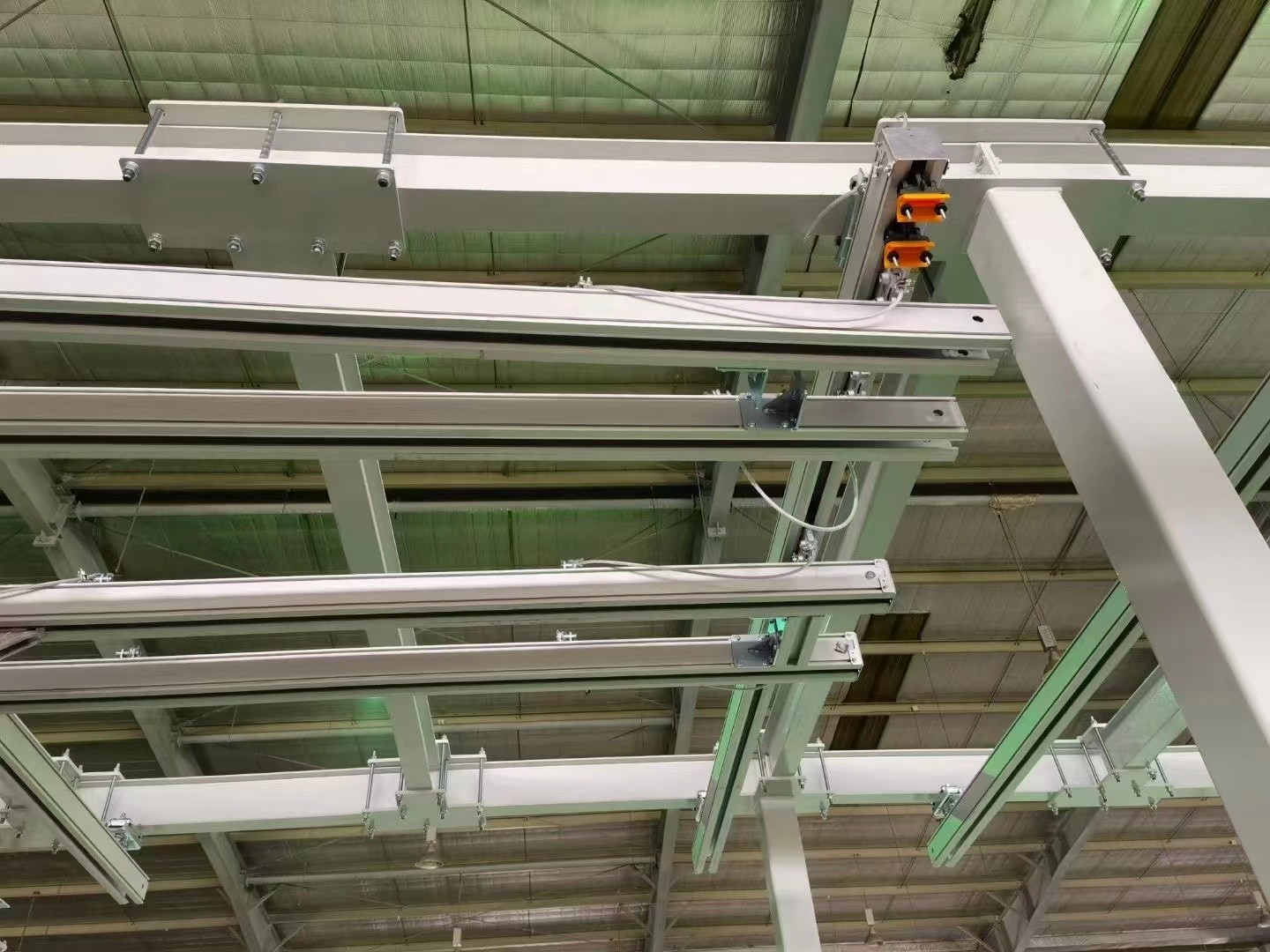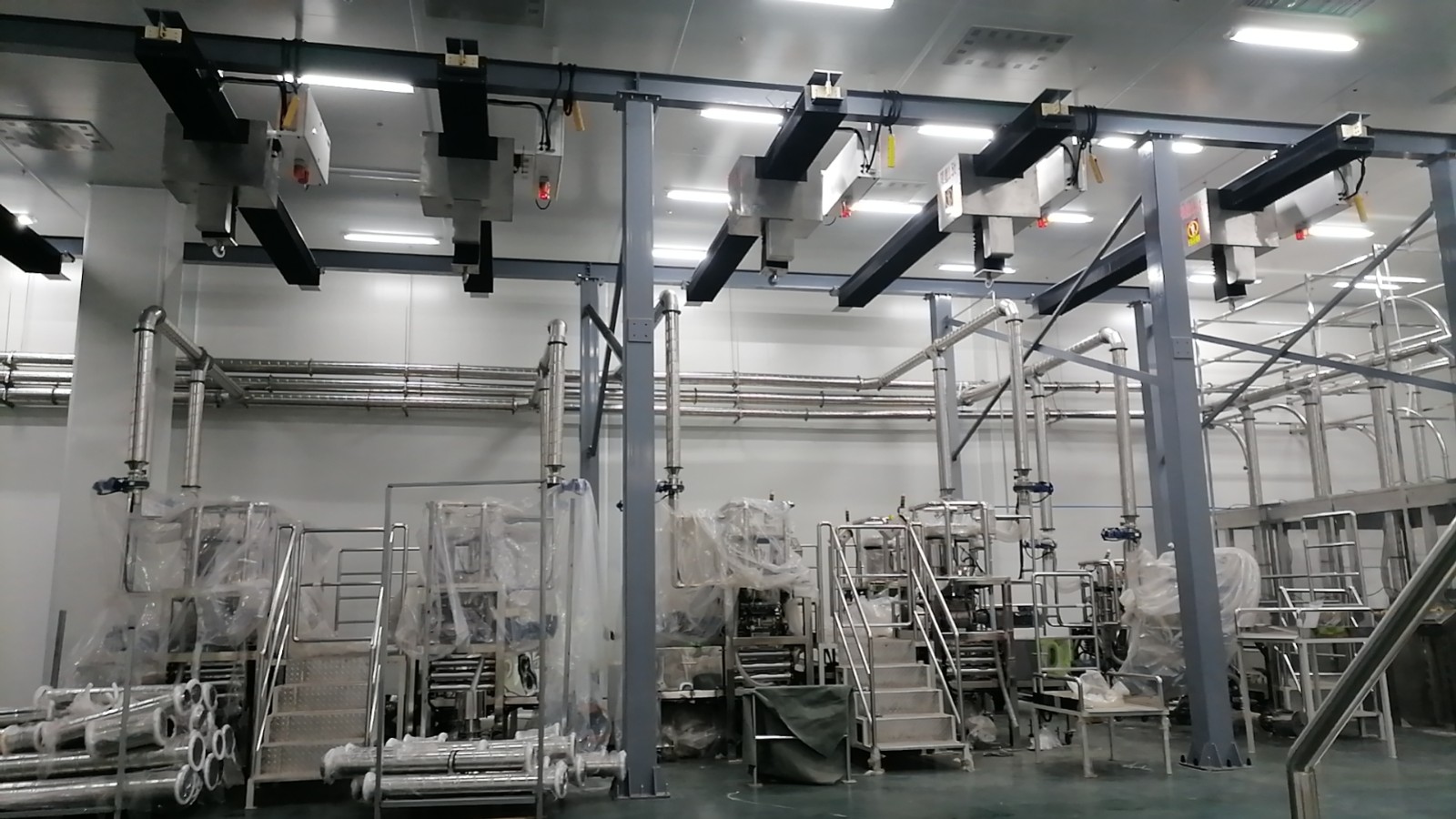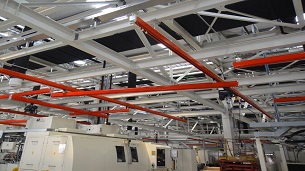KBK Lightweight Aluminum Rail Crane System
The KBK lightweight aluminum rail crane system is a modular system that allows for customized configurations to suit various industrial needs, which has reduced weight, enhanced corrosion resistance, and a cleaner aesthetic appeal characteristics.
The KBK lightweight aluminum rail crane system is a state-of-the-art solution for material handling, designed to offer a combination of versatility, efficiency, and ease of use. It is a modular system that allows for customized configurations to suit various industrial needs. The use of aluminum in the construction of the rails brings significant benefits over traditional steel systems, including reduced weight, enhanced corrosion resistance, and a cleaner aesthetic appeal.

Composition and Configuration
The KBK system is composed of several key components that can be combined in multiple ways to create a customized crane system. These components include:
1. Support Columns and Beams: These form the structural backbone of the crane system, providing support and stability. They can be configured in various heights and lengths to match the height of the facility and the reach required.
2. Aluminum Rails: The lightweight aluminum rails are the core element of the system, designed to guide the crane trolley and hoist along its path. They can be connected in straight runs or curves to create the desired layout.
3. Trolleys and Hoists: These are the moving components that travel along the aluminum rails, carrying loads. Electric or manual hoists can be attached to the trolleys to lift and move materials.
4. Connectors and Joints: Special connectors allow for the seamless joining of rails, columns, and beams, enabling the creation of complex configurations and layouts.
5. Control Systems: Advanced control systems are available to manage the operation of electric hoists, providing smooth and precise control over the movement of loads.

Key Features
1. Modularity and Flexibility: The KBK system is highly modular, allowing for easy adaptation and expansion. Components can be added, removed, or rearranged without major reconstruction, accommodating changes in production requirements.
2. Lightweight Construction: The use of aluminum significantly reduces the overall weight of the system, making it easier to install and less demanding on the building structure. This also leads to reduced energy consumption during operation.
3. Ease of Installation and Maintenance: The modular design and lightweight components facilitate quick installation and straightforward maintenance, minimizing downtime and reducing labor costs.
4. Smooth Operation: The precision-engineered aluminum rails provide smooth and quiet operation, reducing noise levels and improving working conditions.
5. Corrosion Resistance: Aluminum offers natural resistance to corrosion, making the KBK system suitable for use in harsh environments where steel might rust.
6. Aesthetic Appeal: The sleek and modern design of the aluminum components enhances the visual appeal of the workspace, fitting well with contemporary industrial designs.
Conclusion
The KBK lightweight aluminum rail crane system represents a significant advancement in material handling technology. Its modular design, lightweight construction, and customizable features make it a versatile and efficient solution for a wide range of industrial applications. Whether in manufacturing plants, warehouses, or workshops, the KBK system offers a reliable and adaptable method for lifting and moving materials with precision and ease.
Prev: Aluminium Alloy Light Crane System
Next: none!!







